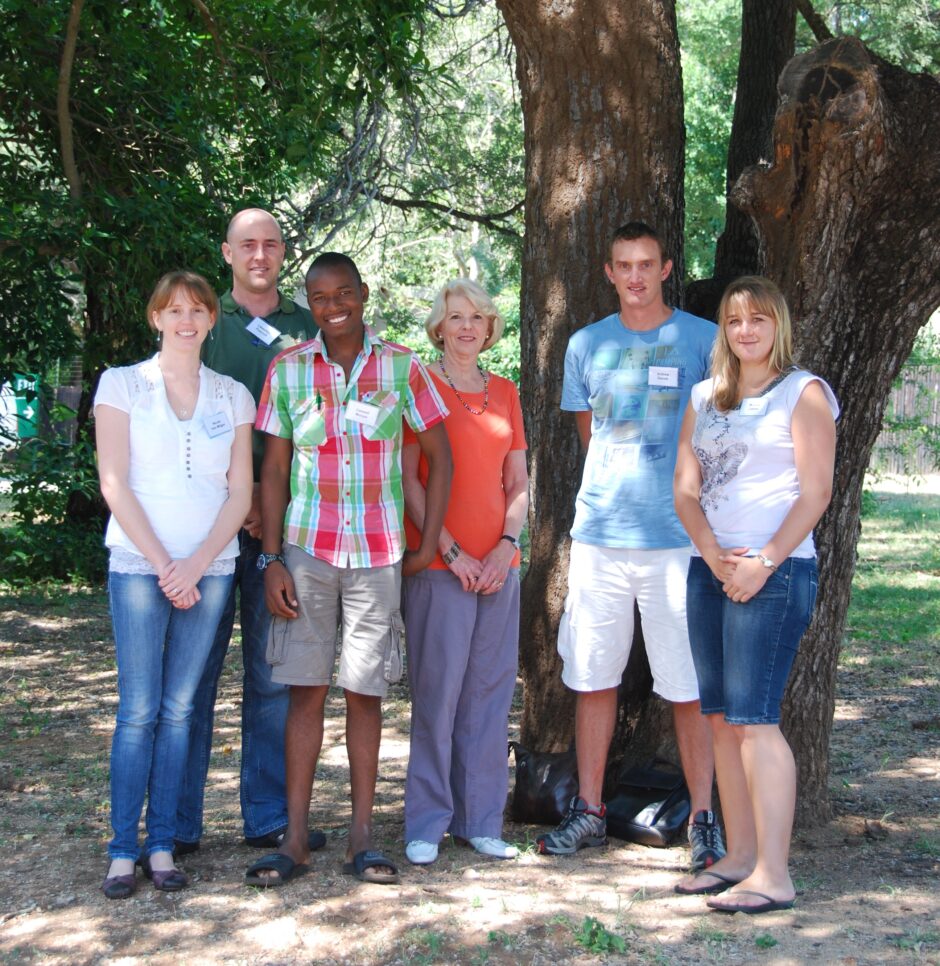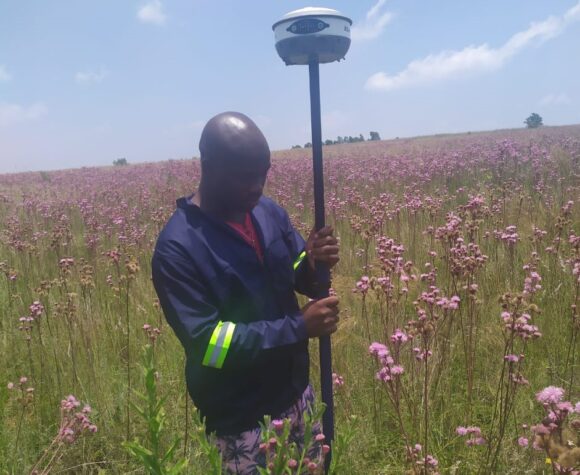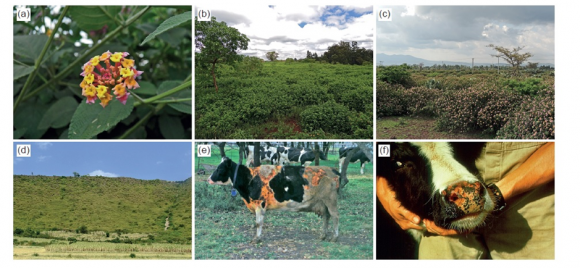15 April 2013 | By Llewellyn Foxcroft
The 11th Savanna Science Network Meeting was again held in Skukuza between 3 and 8 March 2013. Over the last decade, this has become one of the premier conservation and ecology conferences in South Africa, attracting many of the world’s most prominent savanna ecosystem scientists, and is supported by the Andrew W. Mellon Foundation.
The 2013 meeting was attended by more than 220 researchers from across South Africa, UK, USA, Australia, and Africa. The Centre for Invasion Biology (C·I·B) was represented by a large contingent, including two research associates (Prof. Jane Carruthers of UNISA and Dr Nicola van Wilgen of SANParks), three students (Caswell Munyai, UniVen; Monica Leitner and Andrew Davies, University of Pretoria), and one core team member (Dr Llewellyn Foxcroft, SANParks).
A range of topics were presented by the C·I·B delegates, including a broad overview of how scientific endeavour evolved in SANParks, global change drivers across South African National Parks, ant behaviour across an altitudinal gradient, the effect of termite mounds on invertebrate diversity, and the importance of termites for herbaceous vegetation heterogeneity. Waafeka Vardiens’s presentation covered her MSc work (completed in 2012), and examined the distribution and dispersal of Lantana camara in the Sabie-Sand River catchment, one of Kruger National Park’s healthiest rivers.
While African savannas are not known to be as heavily invaded as other similar ecosystems globally, the KNP and other savanna parks in South Africa provide useful model systems for examining a range of questions related to invasion biology. For example, in Marakele and Kruger National Parks, two herbaceous invasive alien plant species, Campuloclinium macrocephalum (pompom weed) and Parthenium hysterophorus (Santa Maria feverfew or white-top weed). Both species are considered to pose a significant threat to biodiversity and rangeland productivity, and understanding the mechanisms of spread and impacts of these species is especially important in order to provide the necessary information to implement effective management programmes.
Read more on Lantana camara in the Sabie-Sand River catchment
- Vardien W., Richardson D.M., Foxcroft L.C., Thompson G.D., Wilson J.R.U. and Le Roux J.J. (2013) Management history determines gene flow in a prominent invader. Ecography
- Vardien W., Richardson D.M., Foxcroft L.C., Thompson G.D., Wilson J.R.U. and Le Roux J.J. (2012) Invasion dynamics of Lantana camara L. (sensu lato) in South Africa. South African Journal of Botany.
For more information, contact Llewellyn Foxcroft.



